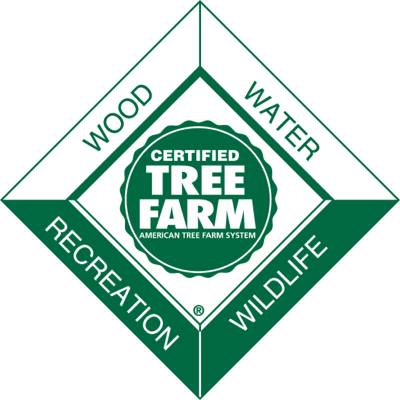 The Conservation Stewardship Program helps agricultural producers maintain and improve their existing conservation systems and adopt additional conservation activities to address priority resources concerns. Participants earn CSP payments for conservation performance – the higher the performance, the higher the payment.
The Conservation Stewardship Program helps agricultural producers maintain and improve their existing conservation systems and adopt additional conservation activities to address priority resources concerns. Participants earn CSP payments for conservation performance – the higher the performance, the higher the payment.
Benefits
Through CSP, participants take additional steps to improve resource condition including soil quality, water quality, water quantity, air quality, and habitat quality, as well as energy.
CSP provides two types of payments through five-year contracts: annual payments for installing new conservation activities and maintaining existing practices; and supplemental payments for adopting a resource-conserving crop rotation. Producers may be able to renew a contract if they have successfully fulfilled the initial contract and agree to achieve additional conservation objectives. Payments are made soon as practical after October 1 of each fiscal year for contract activities installed and maintained in the previous year.


 At the beginning of the 17th century, an estimated 90 million acres of longleaf pine forests existed across the Southeast. But, however, only 3.4 million acres remain. Deforestation and urbanization have threatened this ecosystem, which is home to 100 bird species, 36 mammal species and 72 species of reptiles and amphibians. As these forests have declined, they have placed many of this wildlife in precarious positions, including many of them being classified as endangered or threatened species.
At the beginning of the 17th century, an estimated 90 million acres of longleaf pine forests existed across the Southeast. But, however, only 3.4 million acres remain. Deforestation and urbanization have threatened this ecosystem, which is home to 100 bird species, 36 mammal species and 72 species of reptiles and amphibians. As these forests have declined, they have placed many of this wildlife in precarious positions, including many of them being classified as endangered or threatened species. Louisville, MS ( February 2 , 2015) — The City of Louisville, in cooperation with the State of Mississippi, Winston Plywood & Veneer and its parent company, Atlas Holdings LLC, broke ground Friday on a new, state-of-the-art plywood mill that will help revitalize a community devastated by a tornado just nine months earlier. The original mill, built in the 1960s and idled since 2009, was destroyed on April 28, 2014 when an F4 tornado struck Louisville. Speakers at the ground-breaking ceremony included Louisville Mayor Will Hill, Mississippi Governor Phil Bryant, Executive Director of the Mississippi Development Authority Brent Christensen, several local officials and executives from Atlas Holdings and Winston Plywood & Veneer.
Louisville, MS ( February 2 , 2015) — The City of Louisville, in cooperation with the State of Mississippi, Winston Plywood & Veneer and its parent company, Atlas Holdings LLC, broke ground Friday on a new, state-of-the-art plywood mill that will help revitalize a community devastated by a tornado just nine months earlier. The original mill, built in the 1960s and idled since 2009, was destroyed on April 28, 2014 when an F4 tornado struck Louisville. Speakers at the ground-breaking ceremony included Louisville Mayor Will Hill, Mississippi Governor Phil Bryant, Executive Director of the Mississippi Development Authority Brent Christensen, several local officials and executives from Atlas Holdings and Winston Plywood & Veneer. Jackson, Mississippi — December 14, 2015 — Officials from Biewer Lumber announce the company is locating a state-of-the-art sawmill in Newton, Mississippi. The project represents a corporate investment of $85 million and will create 125 jobs.
Jackson, Mississippi — December 14, 2015 — Officials from Biewer Lumber announce the company is locating a state-of-the-art sawmill in Newton, Mississippi. The project represents a corporate investment of $85 million and will create 125 jobs.





Recent Comments